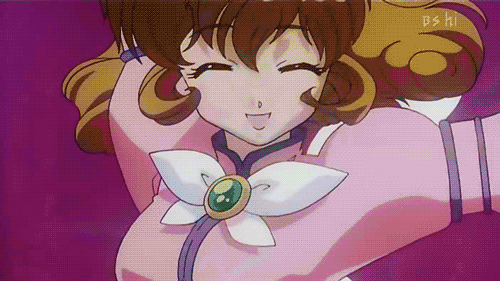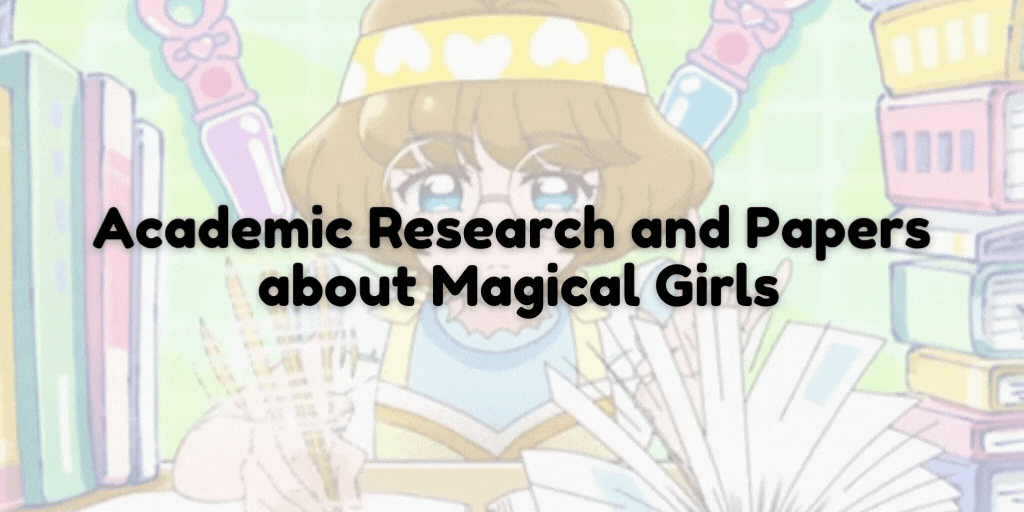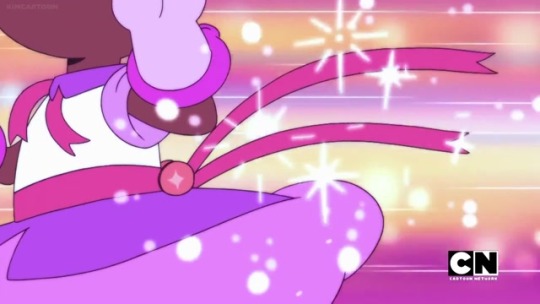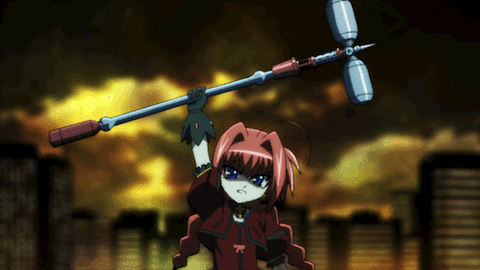|
The first check box in my personal definition of a magical girl says the following: "The piece of media must be about a girl, or a group of girls, who use magic or advanced technology so far out of the realm of reality it mimics magic to overcome their problems, go on adventures, and/or defeat evil."The reason I include technology is because there are several series that explicitly don't use magic as defined by the narrative - they use science. Show's like Cutie Honey, Corrector Yui, Vividred Operation are all undeniably Magical Girl shows- by peer consensus, their respective marketing, and the framing of their tropes within their narratives. But what's a magical girl show without magic? Well, exactly like a magical girl show with magic. Corrector Yui (1999)
0 Comments
I love creating arbitrary means of sorting things, so let's create an arbitrary Taxonomy for Magical Girl Transformation sequences! Basic Henshin AnatomyLet's talk about what a henshin is before I try to create some distinctions between them.
A Henshin, or a Transformation, is pretty straightforward it's the act of changing. Within the genre it's a term used to describe the sequence of changing from a civilian form into a hero form. Henshin Hero is it's own genre of media popularized and coined in Japan and Magical Girl falls under that main genre header. For this write up Henshin / Transformation will be used interchangeably and it's important to note that within the genre it's specifically talking about the character's appearance. Cardcaptor Sakura? No henshin. She has an attack sequence when using her wand, which is a different but similarly common trope. All henshins have one thing in common: the before and the after. This is the one unifying portion of anatomy all transformations share. What I'm aiming to do here is make further distinctions within the broader category based on specific elements within transformation sequences. Other components are fairly interchangeable. I used to be questioned a lot on my sources for my 'Fight like a Girl' panel, so I added a slide at the end with my primary sources, but my research usually goes further than that. While I do prioritize the voices of Japanese women I don't limit myself to them because they are not the only group of people impacted by the genre. The genre of magical girl has existed in the west as long as it has in Japan and what's 'good' vs. what's 'bad' is reflected primarily through the lens of the culture that consumes them.
This being said, here's a list of some of the sources I use along with others people may find interesting. This list is primarily focused on on peer reviewed or cited work, research papers, and interview pieces with either experts in their respective fields or have insider information due to working within the industry. Do you need a transformation sequence to be considered a magical girl show? No. Is it one of the most instantly recognizable parts of the genre? Absolutely. The transformations have become interwoven into the fabric of the magical girl genre and have caused genre fans to spend hours on YouTube looking up compilation videos of sequences of transformations from decades past, specific series titles, and more. Even non-fans can recognize the iconic sequences. Throw in some glitter, ribbons and posing and you've got a dozen or so people saying "Just like Sailor Moon!". The entrancing nature of the whole affair can sometimes make you forget the five minute time chunk the transformation eats up. Transformations have become so popular it's made it's way into non-Magical Girl shows like DC Super Hero Girls on Netflix or Cartoon Network's Craig of the Creek. How did this glee inducing genre staple start? Where did it come from? And why can a good transformation make or break a series for genre fans? Let's roll on back to the 60s and find out. Sparkle Cadet from Craig of the Creek
When it comes to mixing genres with Magical Girls there is a lot of obvious choices that you can chose from - Romance, Drama, Comedy. Even if you wanted to boil it down to more specific genres like Isekai and Slice of Life feel like more obvious choices. Mecha seems like a far cry for a genre that usually centers around softer aesthetics of frills and lace, and yet from the 90s till now there are about a dozen or so Magical Girl shows with mecha influences, and vice versa. There's something about the combination of cute girls and robots that makes for a winning formula. Long running franchises like Lyrical Nanoha had definitely figured it out- the series started in 2004 and has an installation as recent as 2018 at the time of writing this- but Nanoha wasn't the first. The genre mixing goes way way back to a show called Magic Knight Rayearth. Vita from Magical Girl Lyrical Nanoha A's
|
Categories |




 RSS Feed
RSS Feed
